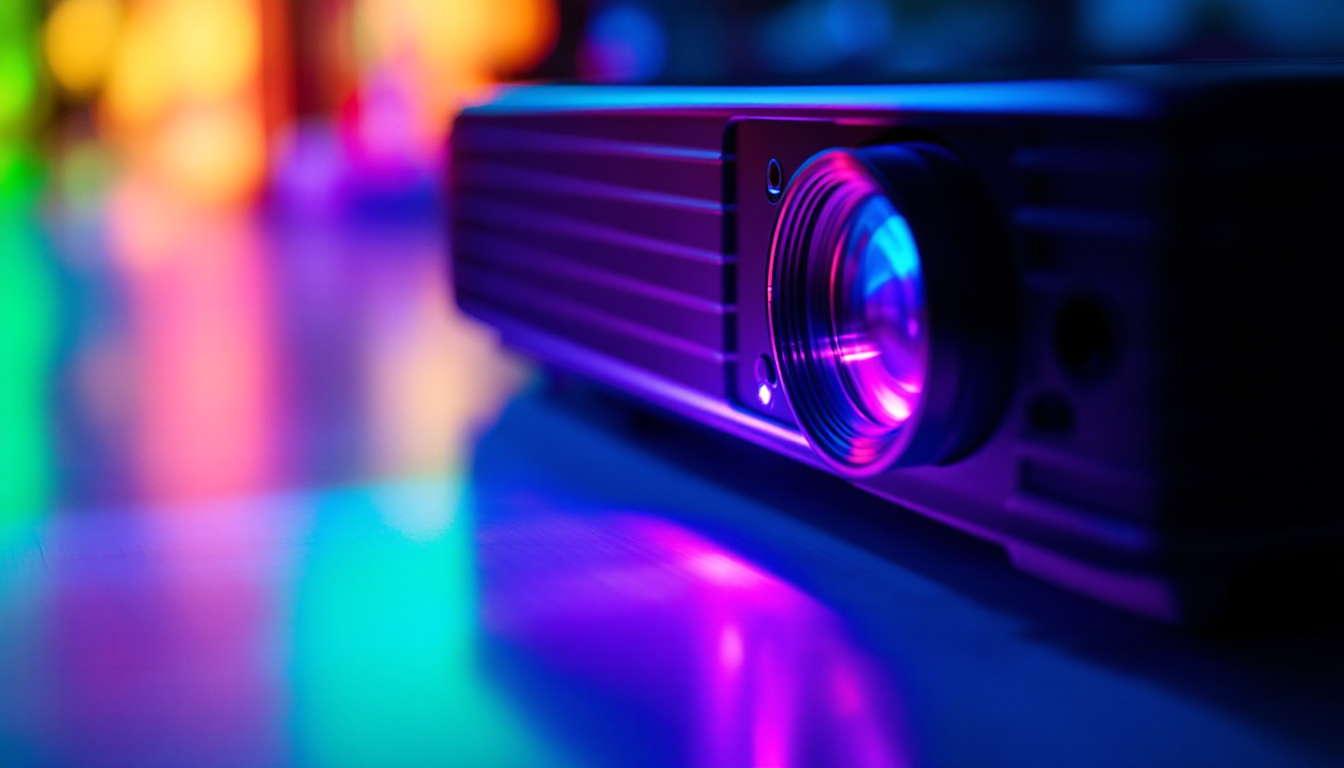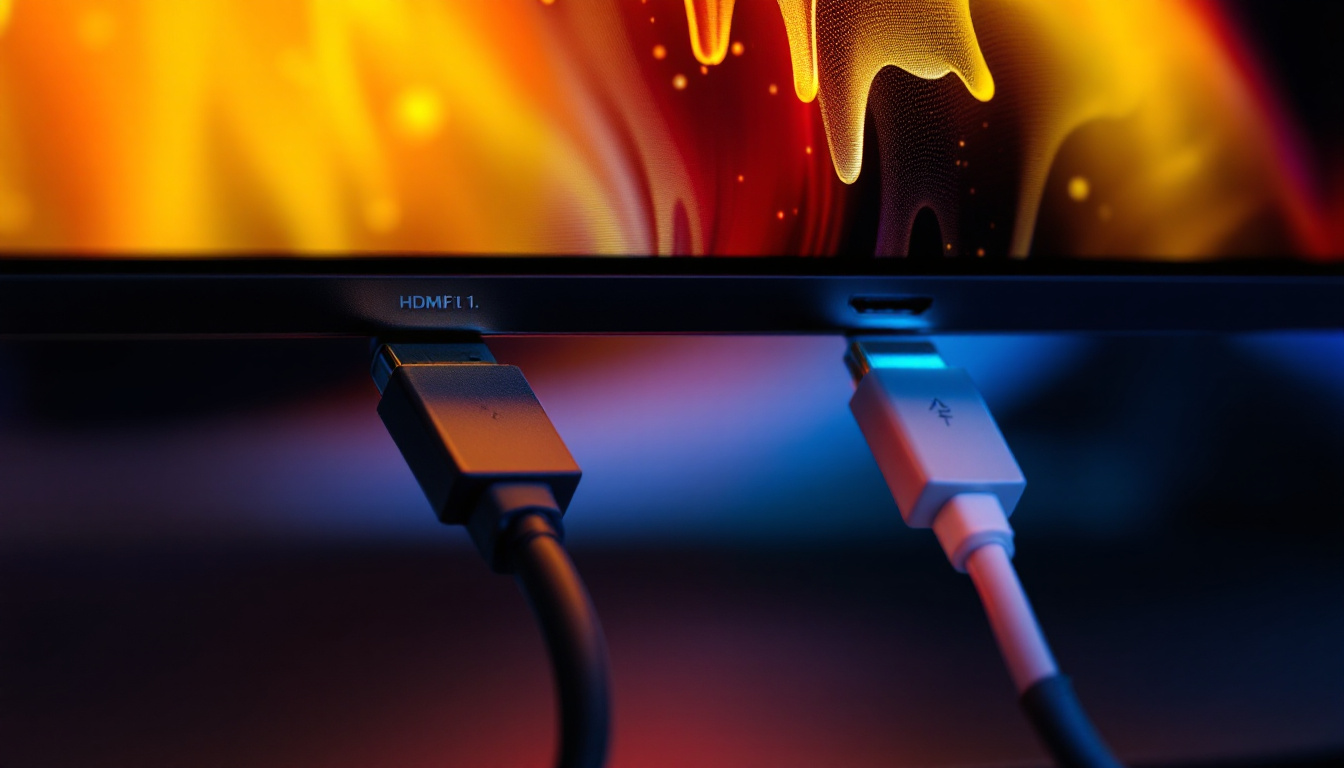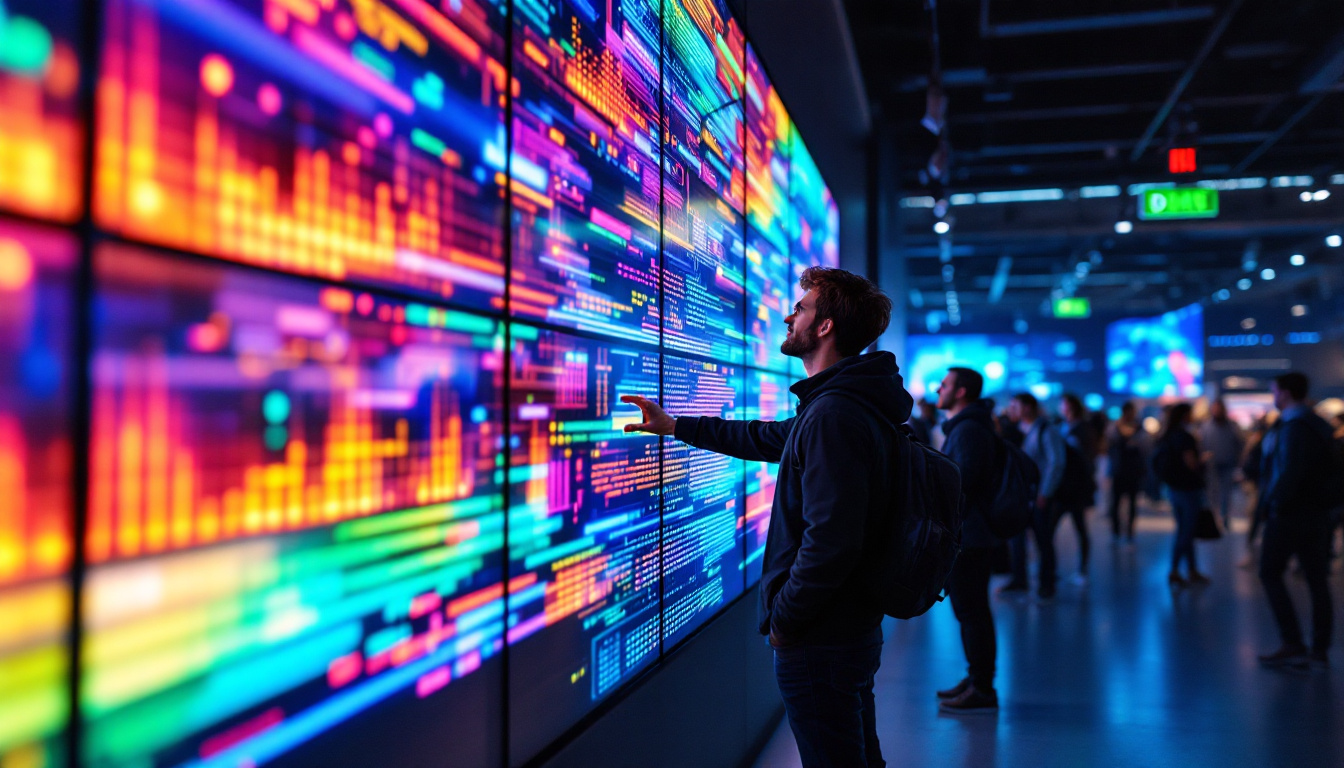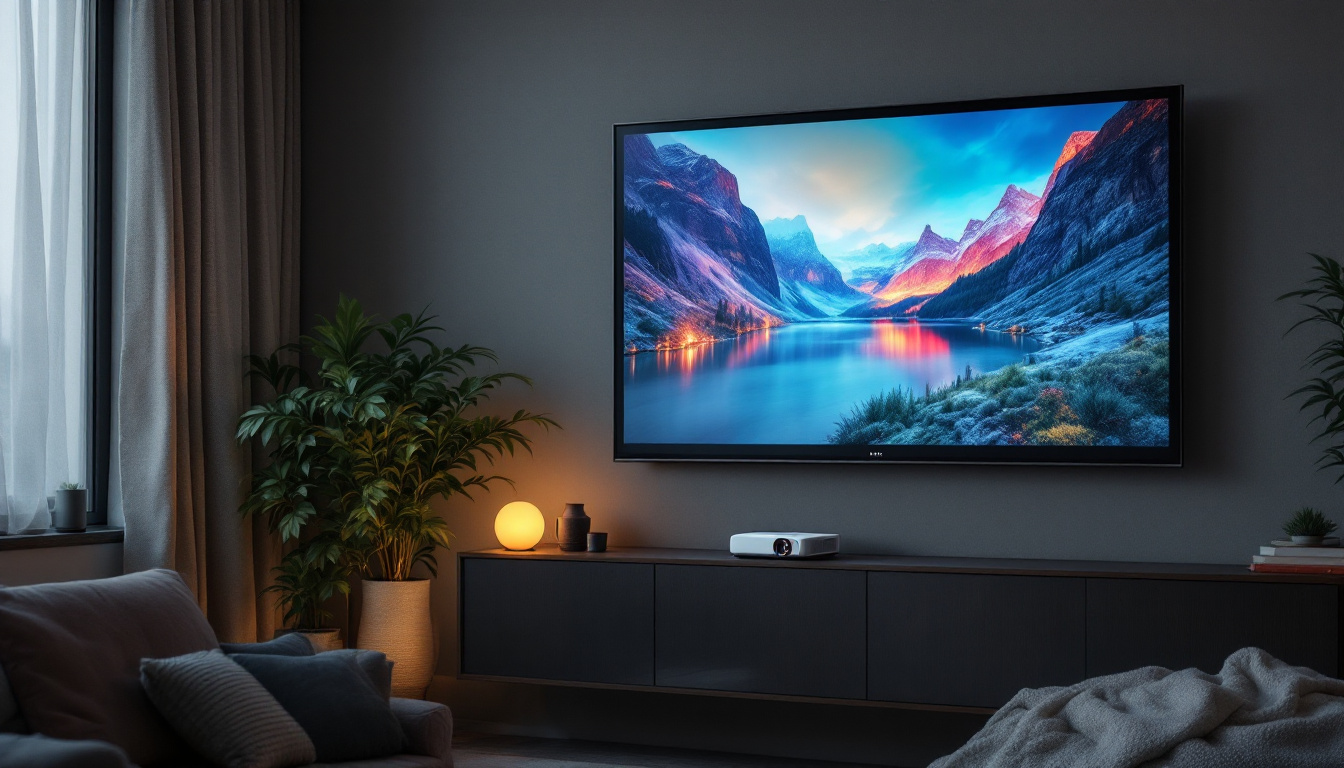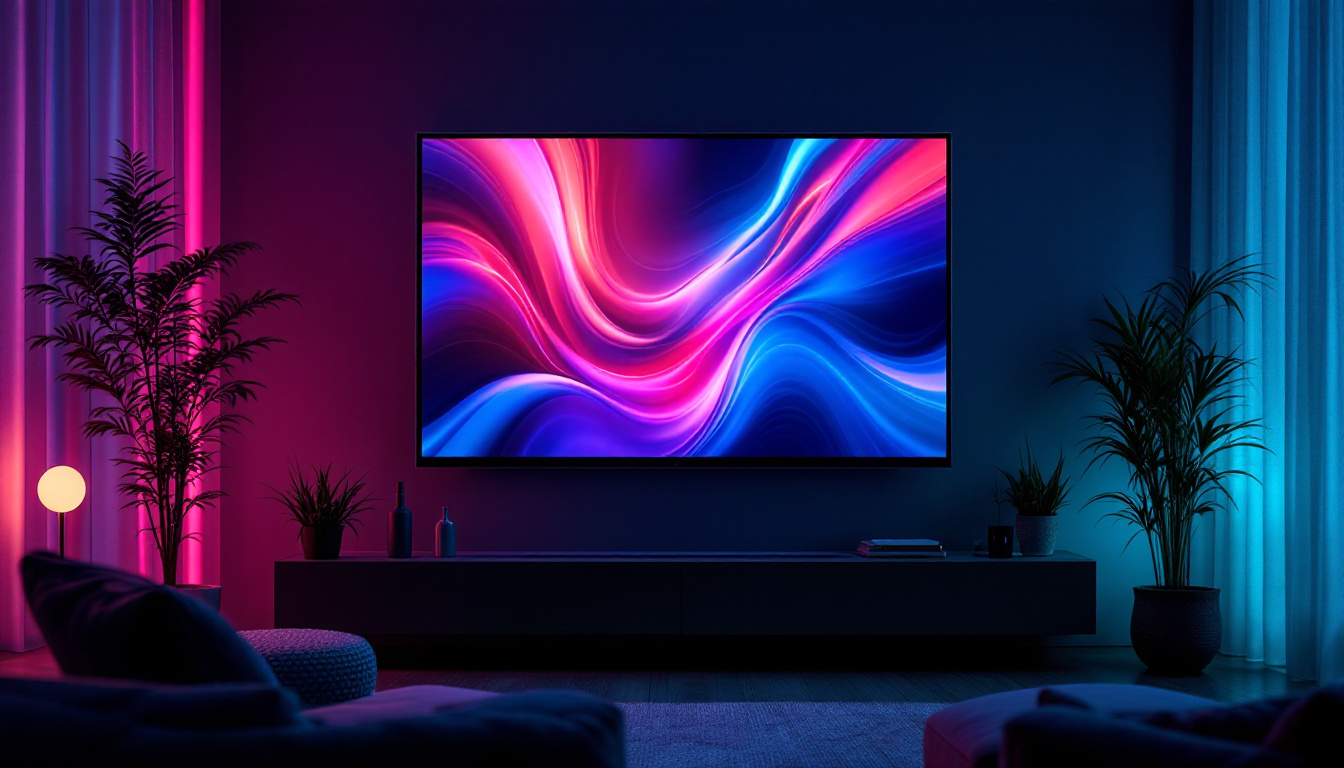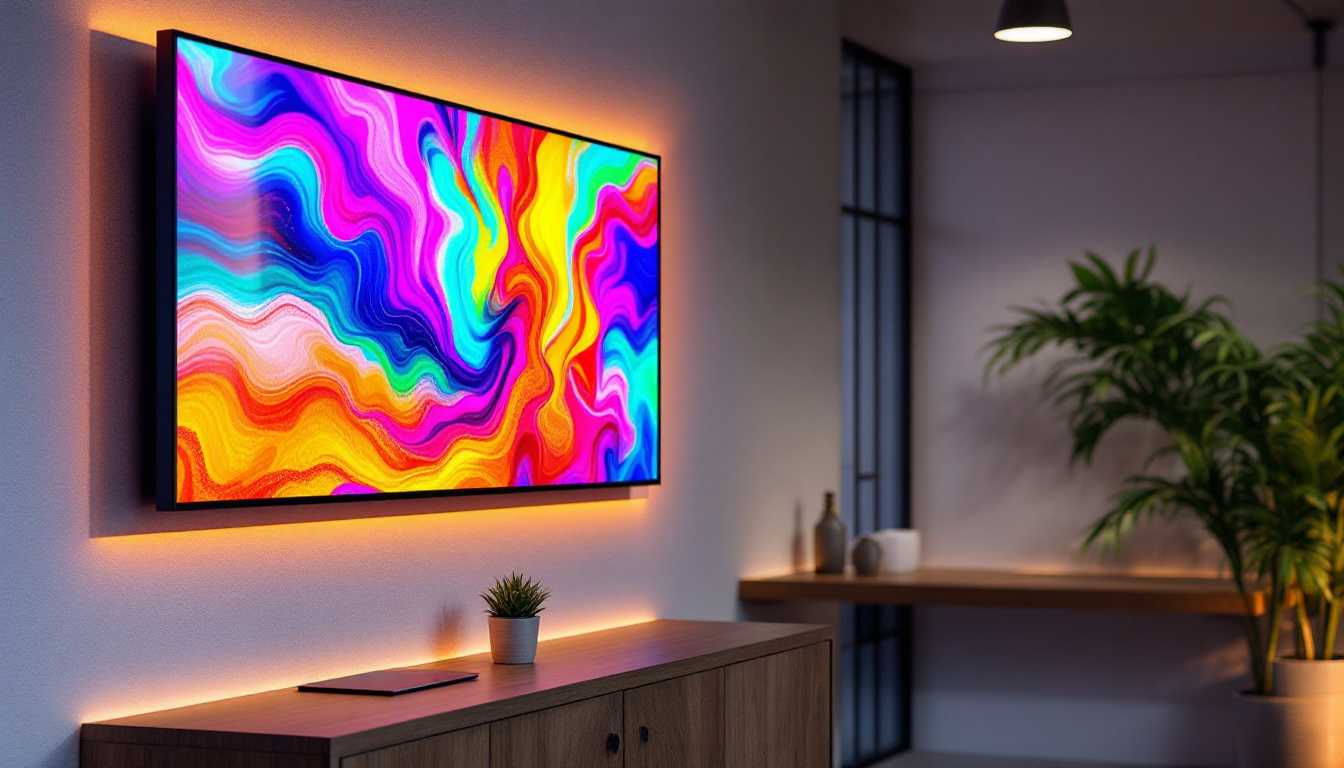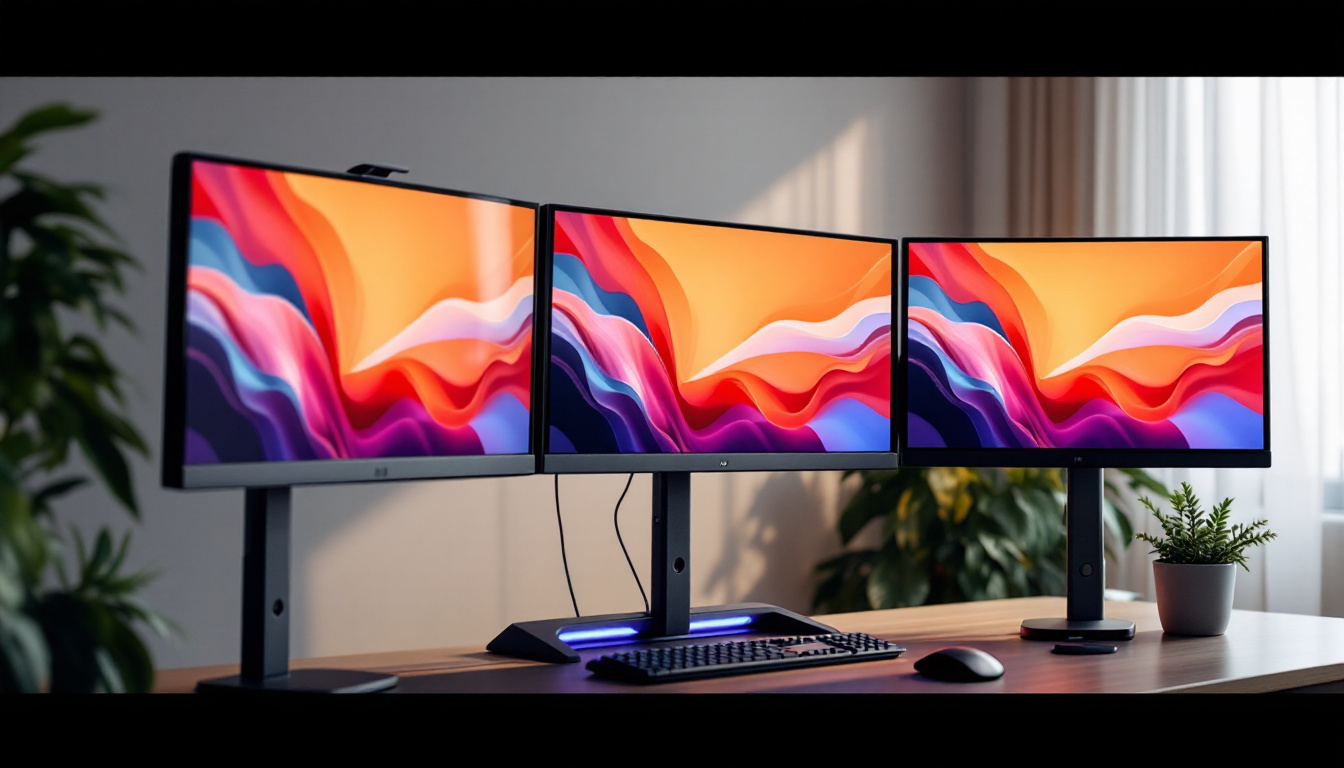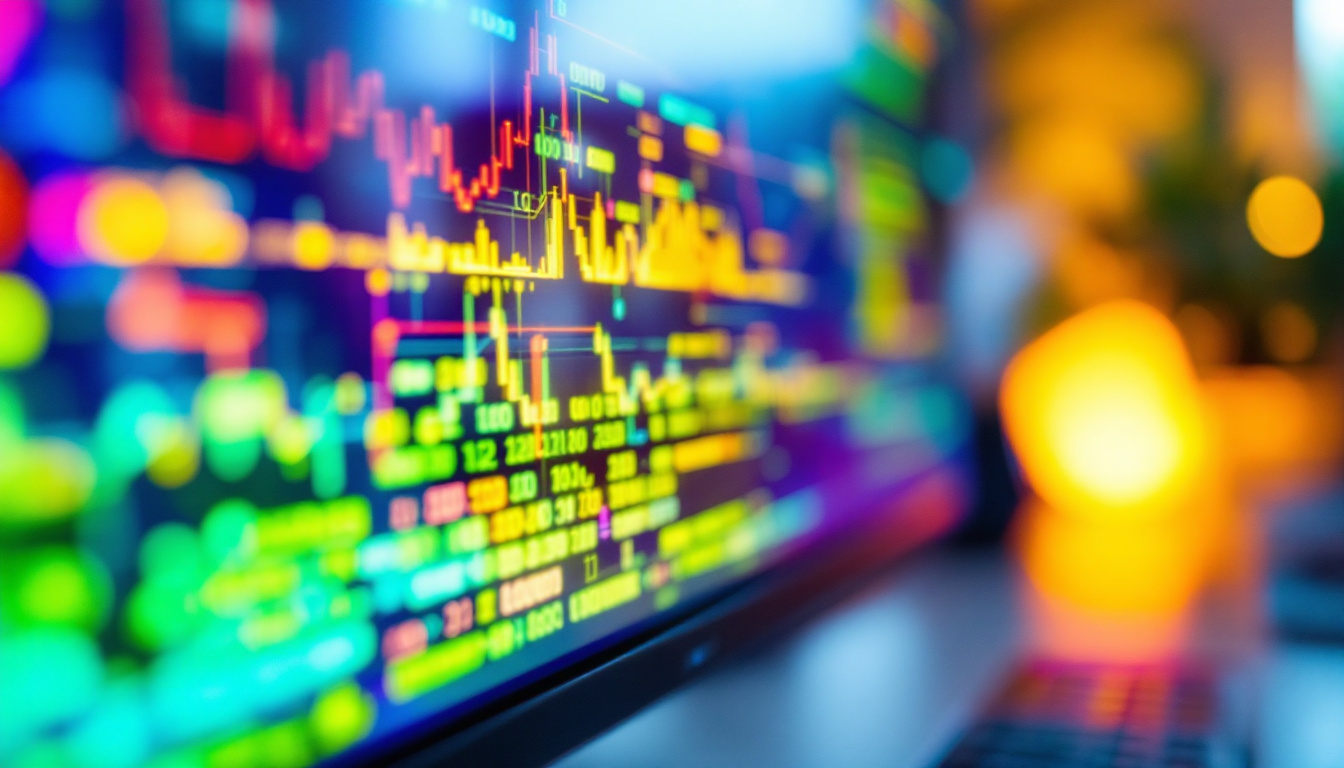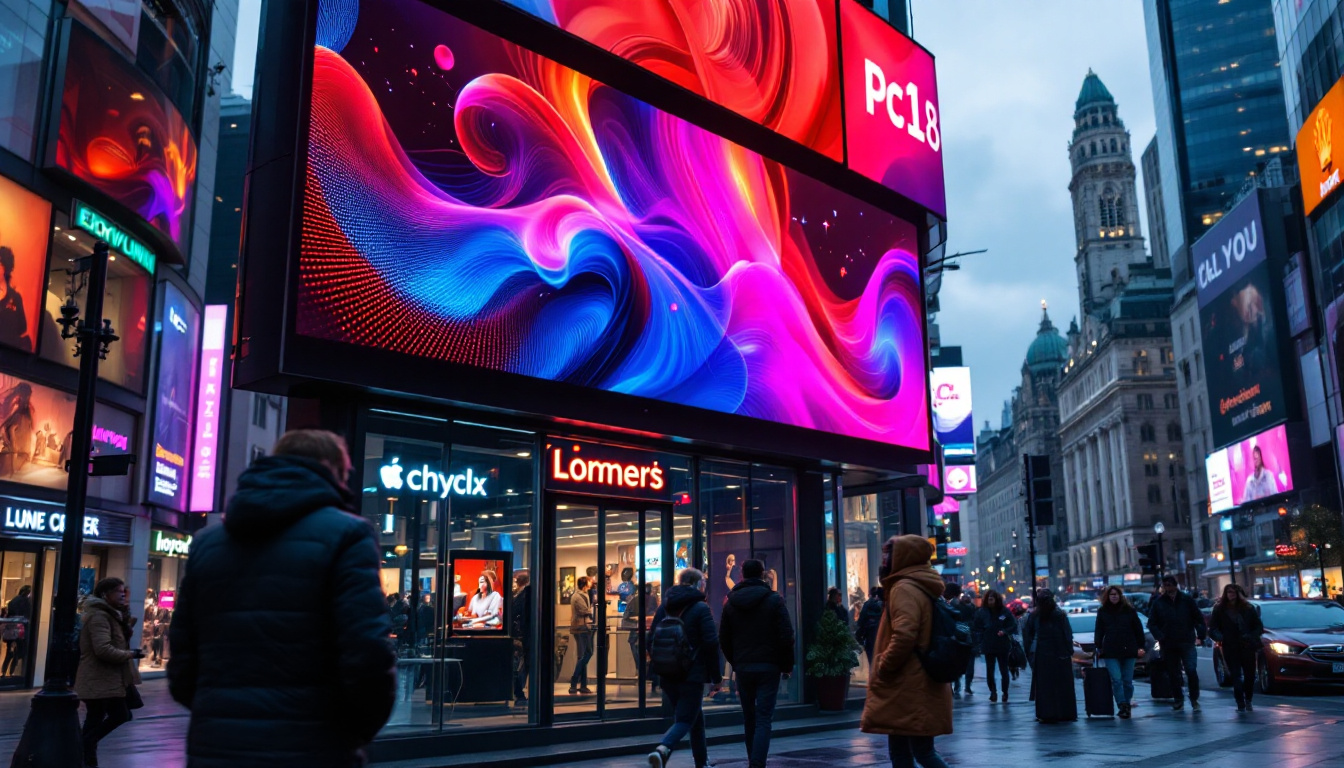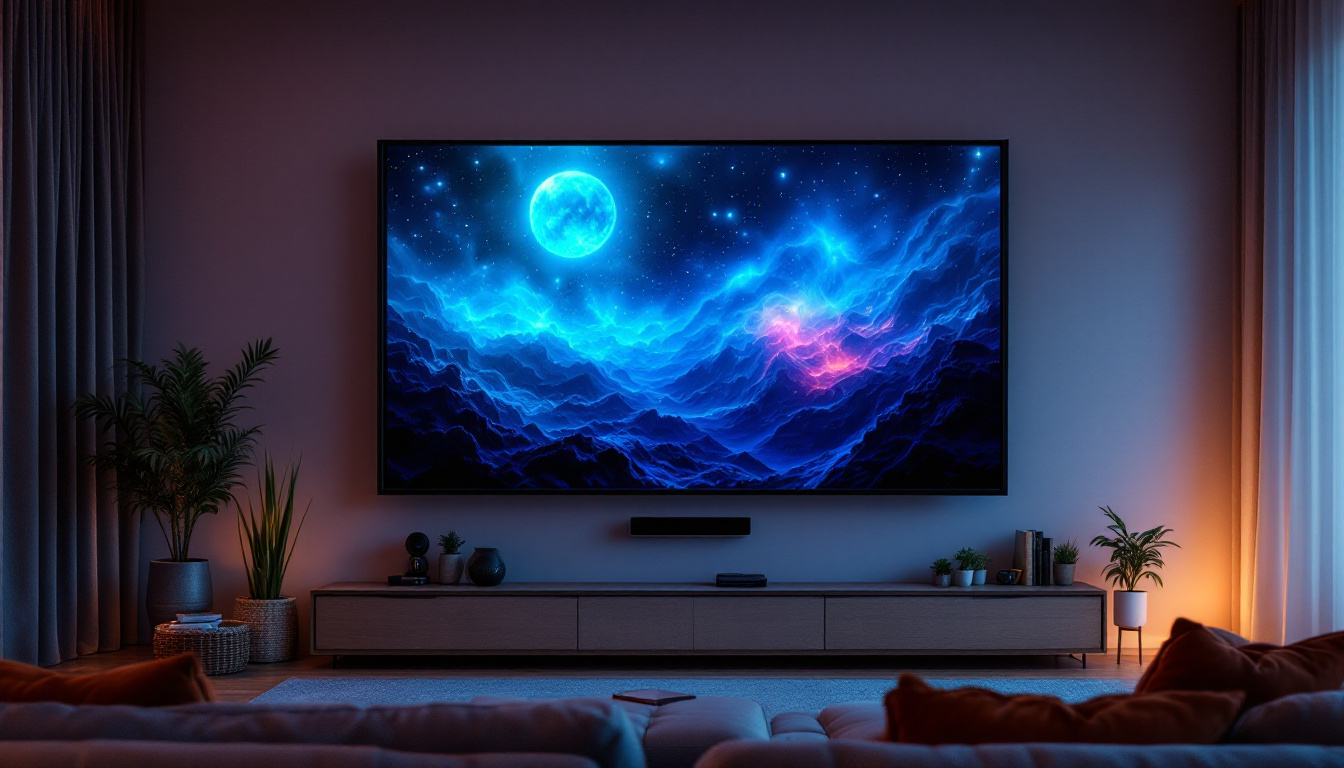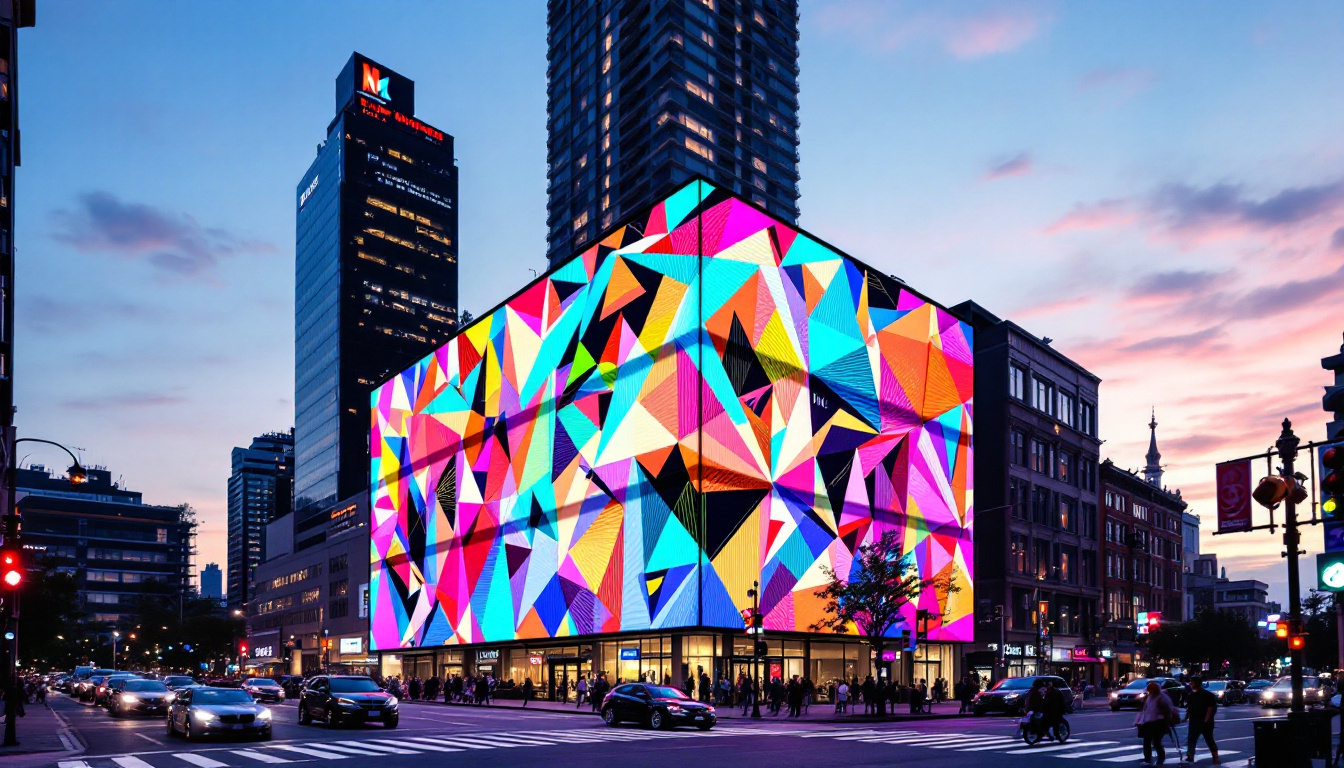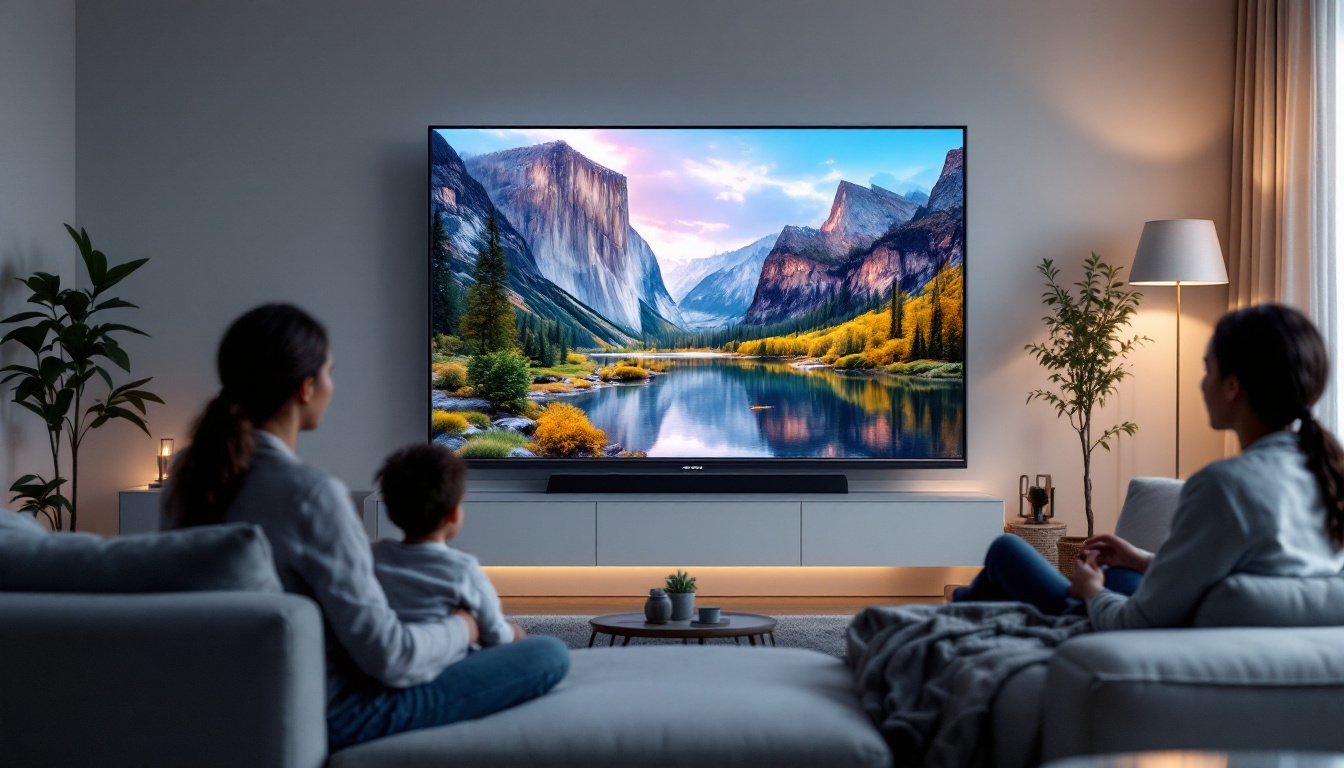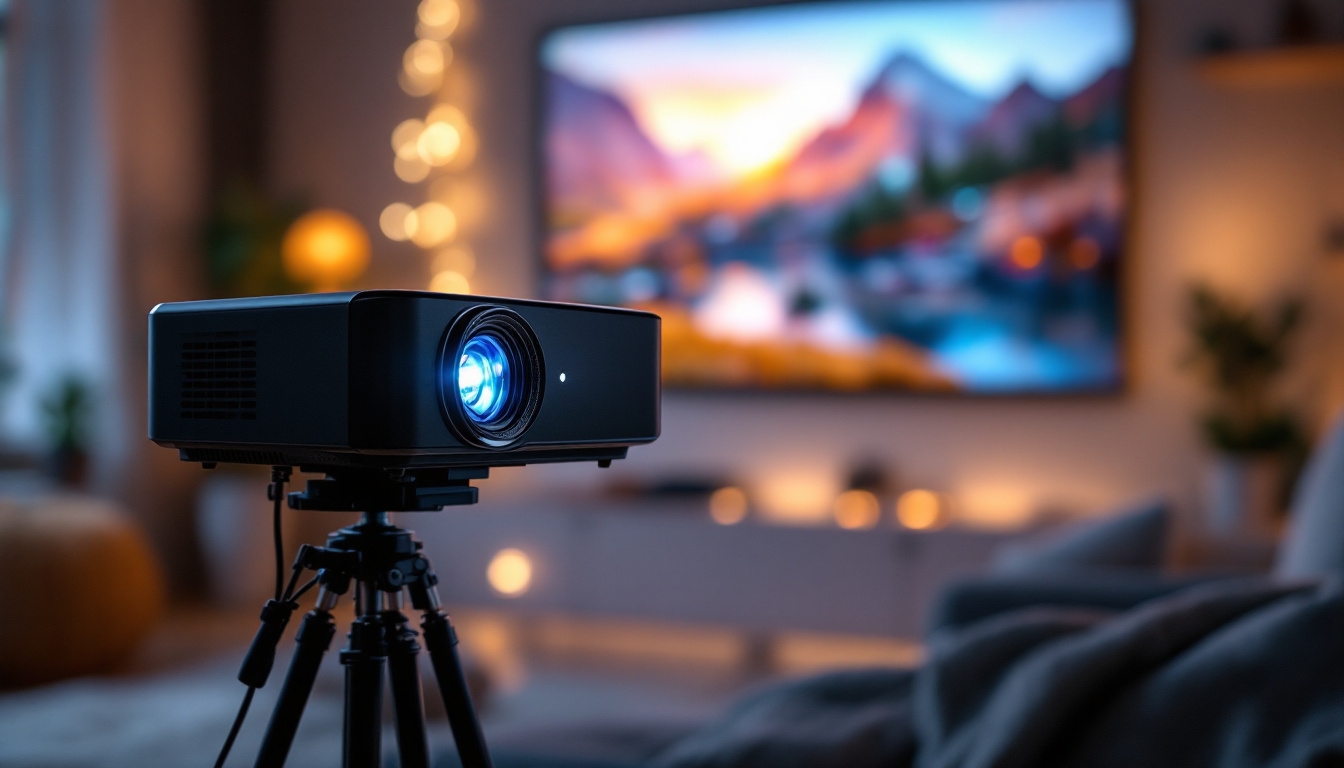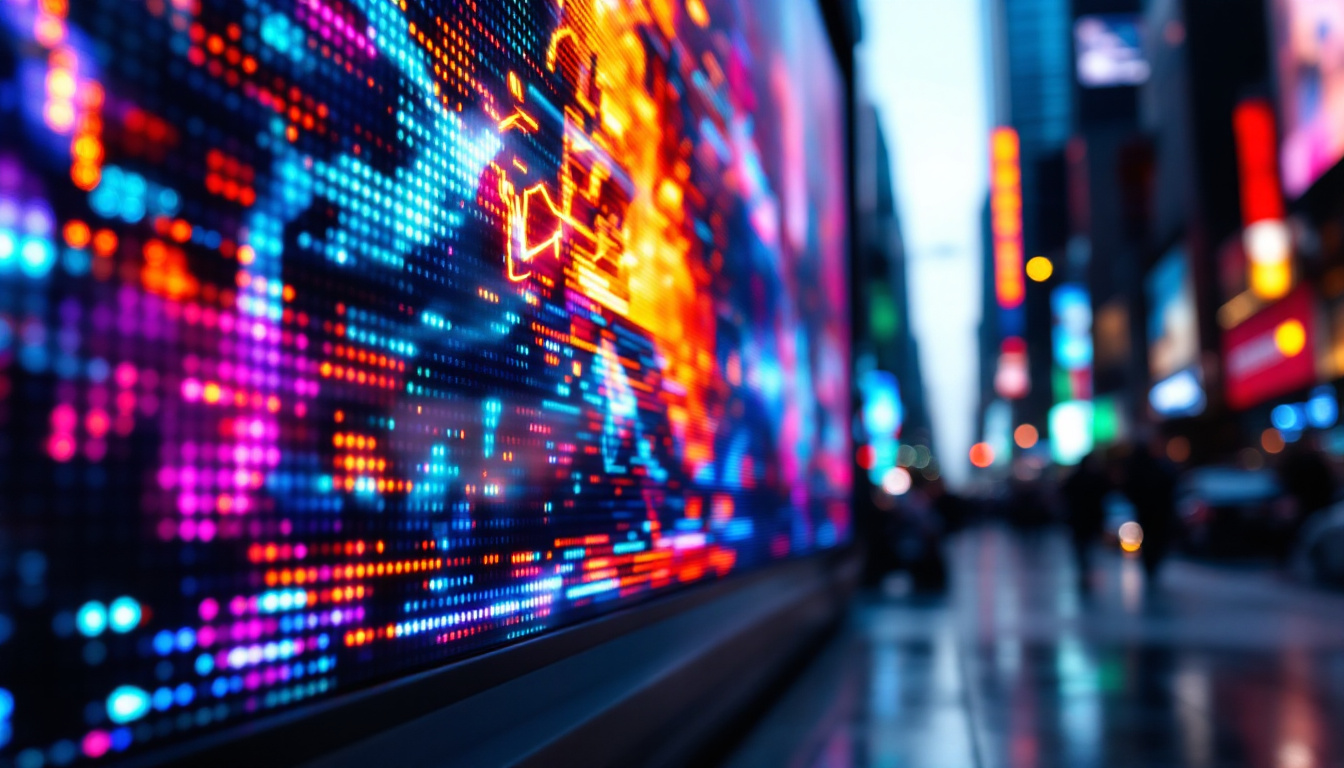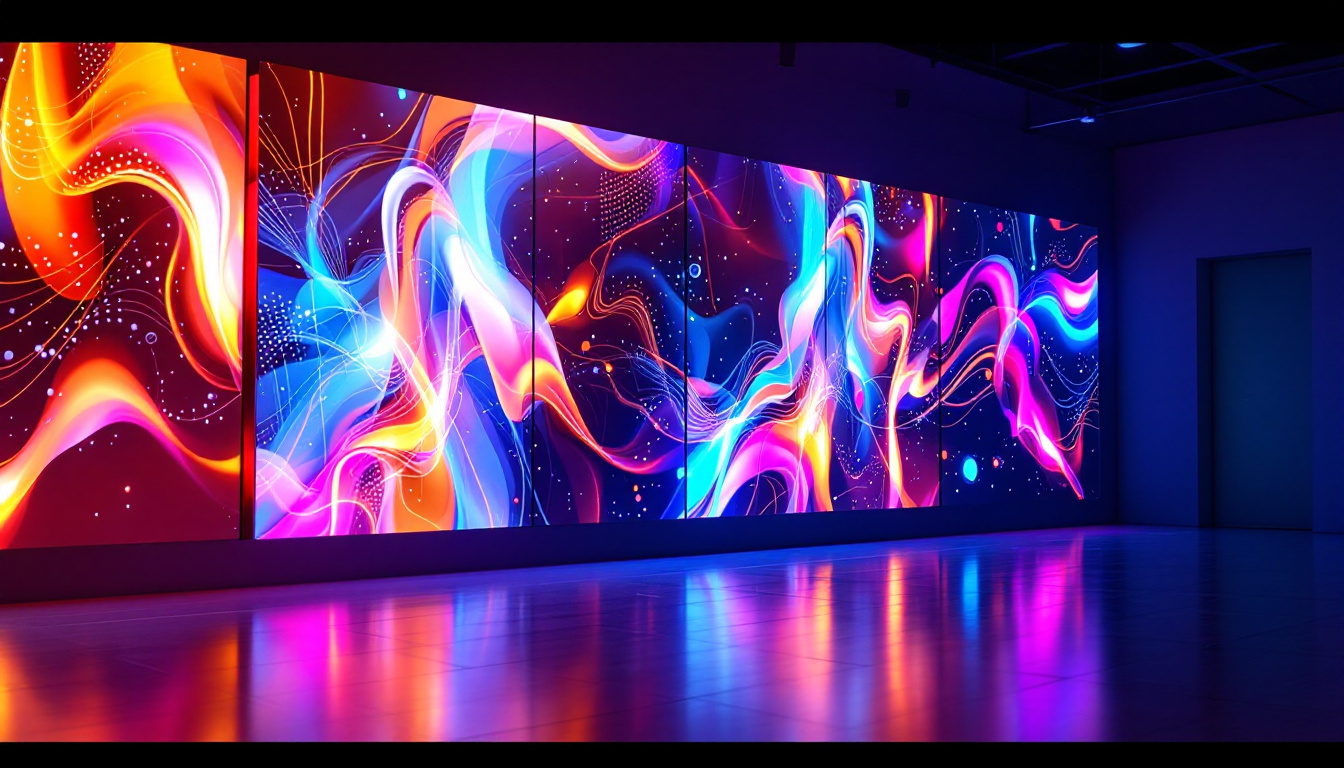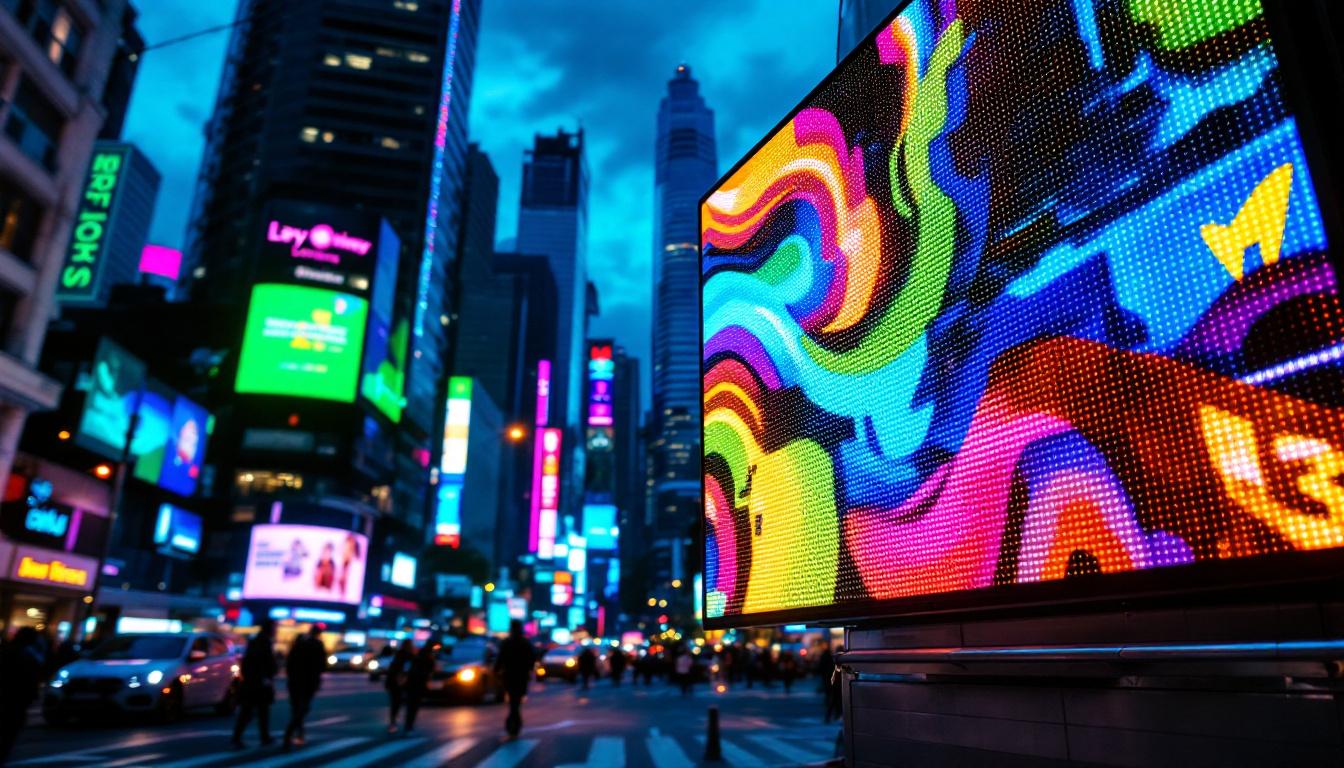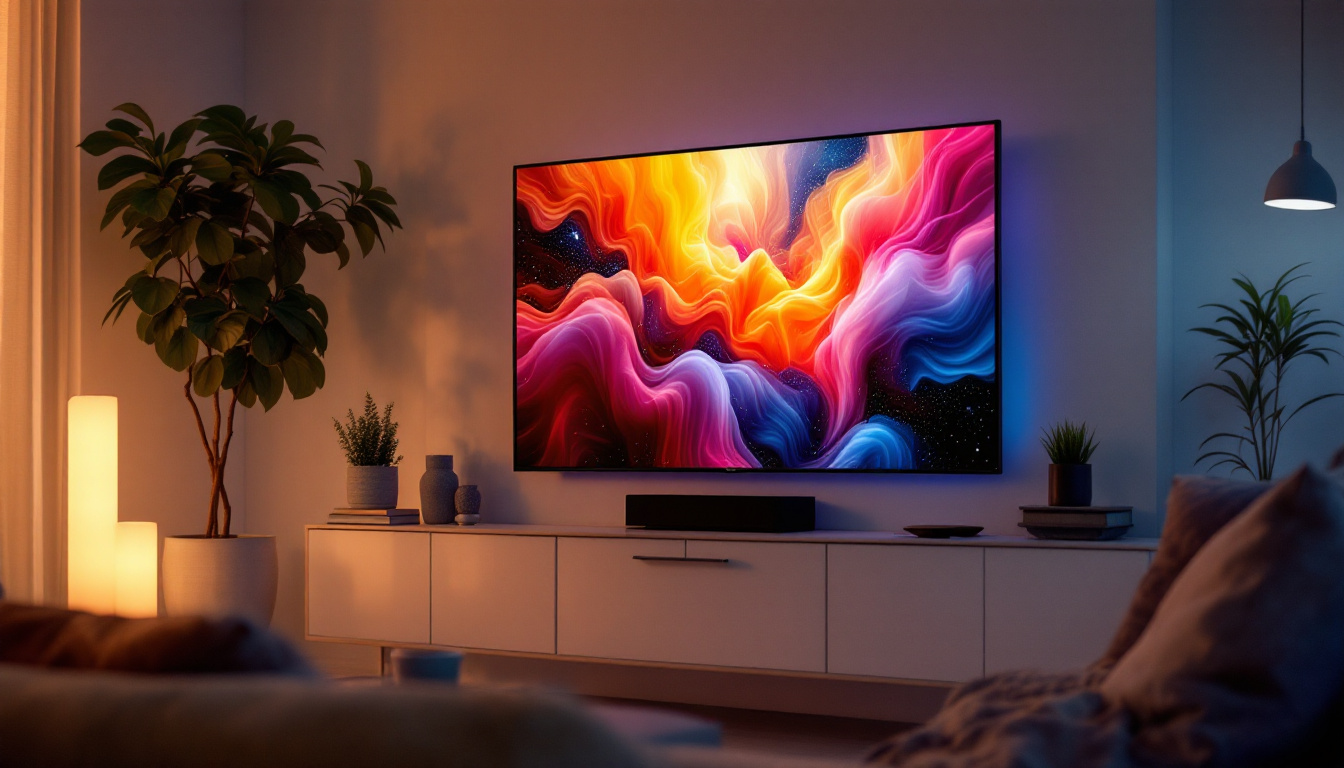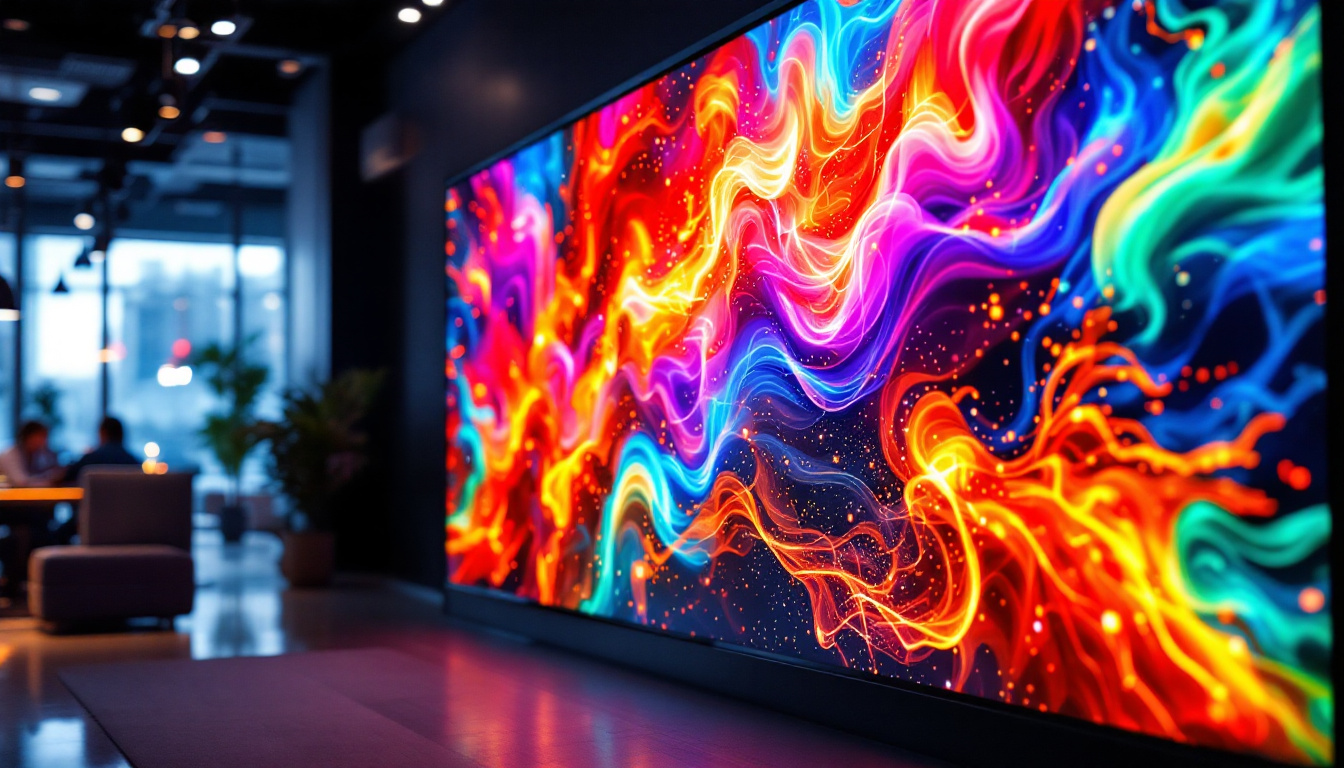In recent years, LED wall paneling has emerged as a transformative technology in the realm of visual displays. From corporate environments to entertainment venues, LED displays have become a staple for their versatility, vibrancy, and efficiency. This article delves into the intricacies of LED wall paneling, exploring its components, benefits, and applications, while also addressing common questions surrounding this innovative display technology.
Understanding LED Wall Paneling
LED wall paneling consists of a series of light-emitting diodes (LEDs) arranged in a grid format to create a large, cohesive display. These panels can be used for a variety of purposes, including advertising, information dissemination, and artistic installations. The technology has evolved significantly, providing high-resolution images and vibrant colors that capture attention and convey messages effectively. With advancements in LED technology, these panels now offer enhanced energy efficiency and longer lifespans, making them a sustainable choice for both commercial and personal use.
Moreover, the versatility of LED wall paneling has led to its integration in various sectors, from retail environments that utilize dynamic displays to attract customers, to corporate settings where information can be shared in real-time during presentations. The ability to customize content and adapt to different settings has made LED panels a preferred choice for modern communication strategies, allowing businesses to engage their audiences in innovative ways.
Components of LED Wall Panels
At the core of LED wall paneling are several key components, each playing a vital role in the overall functionality and performance of the display.
- LED Modules: These are the building blocks of an LED wall, consisting of multiple LEDs mounted on a circuit board. Each module can be independently controlled, allowing for dynamic content display. The arrangement of these modules can vary, enabling different pixel pitches that determine the resolution of the display.
- Power Supply: LED panels require a consistent power source to operate efficiently. The power supply ensures that each LED receives the appropriate voltage and current for optimal performance. Advanced power management systems can also help reduce energy consumption, contributing to lower operational costs.
- control system: This component manages the content displayed on the LED wall. It can be operated through software that allows users to upload images, videos, and animations, ensuring seamless transitions and updates. Some control systems even offer remote access capabilities, enabling users to make real-time changes from anywhere in the world.
Types of LED Wall Panels
LED wall panels come in various types, each designed for specific applications and environments. Understanding these types can help in selecting the right panel for a given purpose.
- Indoor LED Panels: These panels are designed for use in controlled environments, such as conference rooms and retail spaces. They typically offer higher resolution and brightness levels, making them suitable for close viewing. The sleek design of indoor panels also allows for easy integration into existing architecture, enhancing the aesthetic appeal of the space.
- Outdoor LED Panels: Built to withstand harsh weather conditions, outdoor panels are brighter and more durable. They are ideal for billboards, sports arenas, and outdoor events. These panels often feature protective coatings to shield against UV rays and moisture, ensuring longevity even in challenging environments.
- Flexible LED Panels: These panels can be bent and shaped to fit various surfaces, making them perfect for creative installations and unique designs. Their adaptability opens up a world of possibilities for artists and designers, allowing for innovative displays that can transform any space.
In addition to these types, there are also specialized LED panels designed for specific industries, such as medical facilities, where high-definition displays can enhance the accuracy of imaging, or in transportation hubs, where real-time information displays are crucial for passenger communication. The continuous development in LED technology promises even more exciting applications in the future, as manufacturers strive to create panels that are not only visually stunning but also increasingly functional and user-friendly.
The Benefits of LED Wall Paneling
LED wall paneling offers numerous advantages that make it a preferred choice for many businesses and organizations. From cost-effectiveness to environmental sustainability, the benefits are substantial.
Energy Efficiency
One of the most significant advantages of LED technology is its energy efficiency. LED panels consume considerably less power compared to traditional display technologies, such as LCD and projection systems. This not only reduces electricity costs but also minimizes the carbon footprint, making LED displays an eco-friendly choice.
High-Quality Visuals
LED wall panels are renowned for their ability to produce stunning visuals. With high brightness levels and excellent color accuracy, these panels can display vibrant images and videos that captivate audiences. The resolution of LED panels can also be tailored to meet specific needs, ensuring that content is sharp and clear, even from a distance.
Durability and Longevity
LED displays are built to last. With a lifespan of up to 100,000 hours, they require less frequent replacements compared to traditional displays. Additionally, their robust construction makes them resistant to damage from impact and environmental factors, ensuring consistent performance over time.
Applications of LED Wall Paneling
The versatility of LED wall paneling allows for a wide range of applications across various industries. From advertising to entertainment, the possibilities are virtually limitless.
Advertising and Marketing
One of the most common uses of LED wall panels is in advertising. Retail businesses utilize these displays to showcase promotions, new products, and brand messages. The dynamic nature of LED panels allows for eye-catching advertisements that can be easily updated to reflect current campaigns.
Event and Entertainment Venues
In the entertainment industry, LED wall panels play a crucial role in enhancing the audience experience. Concerts, festivals, and sporting events often feature large LED screens that display live feeds, graphics, and animations, creating an immersive environment for attendees.
Corporate and Educational Settings
In corporate environments, LED wall panels are used for presentations, video conferencing, and information sharing. Their ability to display high-quality visuals makes them ideal for engaging audiences during meetings and conferences. Similarly, educational institutions leverage LED panels for interactive learning experiences, enhancing student engagement and participation.
Installation and Maintenance Considerations
While LED wall paneling offers numerous benefits, proper installation and maintenance are crucial to ensure optimal performance. Understanding these aspects can help organizations maximize their investment in LED technology.
Installation Process
The installation of LED wall panels requires careful planning and execution. Factors such as location, mounting options, and power supply must be considered to ensure a successful setup. It is often advisable to work with professionals who specialize in LED installations to achieve the best results.
Regular Maintenance
To maintain the longevity and performance of LED wall panels, regular maintenance is essential. This includes cleaning the panels to remove dust and debris, checking connections, and updating software as needed. Implementing a routine maintenance schedule can help identify potential issues before they escalate, ensuring consistent operation.
Common Questions About LED Wall Paneling
As LED wall paneling continues to gain popularity, several common questions arise regarding its functionality and use. Addressing these questions can help demystify the technology for potential users.
How Do LED Wall Panels Compare to Other Display Technologies?
LED wall panels offer several advantages over traditional display technologies, such as LCD and projection systems. They provide higher brightness levels, better color accuracy, and greater energy efficiency. Additionally, LED panels are more durable and have a longer lifespan, making them a more cost-effective solution in the long run.
Can LED Wall Panels Be Used Outdoors?
Yes, outdoor LED wall panels are specifically designed to withstand various weather conditions, including rain, wind, and extreme temperatures. These panels are built with protective coatings and enclosures to ensure their performance and longevity in outdoor environments.
What is the Cost of LED Wall Paneling?
The cost of LED wall paneling can vary significantly based on factors such as size, resolution, and installation requirements. While the initial investment may be higher than traditional displays, the long-term savings in energy costs and maintenance can make LED panels a more economical choice over time.
Future Trends in LED Wall Paneling
The future of LED wall paneling looks promising, with ongoing advancements in technology and design. As industries continue to embrace digital displays, several trends are emerging that are likely to shape the future of LED technology.
Integration with Smart Technology
As smart technology becomes increasingly prevalent, LED wall panels are expected to integrate with various smart systems. This could include features such as automated content updates, remote monitoring, and enhanced interactivity, allowing for a more dynamic user experience.
Improved Resolution and Pixel Density
Advancements in LED technology are leading to higher resolutions and pixel densities, enabling even sharper and more detailed images. As manufacturers continue to innovate, the quality of LED displays will only improve, making them suitable for a wider range of applications.
Sustainable Practices
With a growing emphasis on sustainability, manufacturers are exploring eco-friendly practices in the production and disposal of LED wall panels. This includes using recyclable materials and designing panels for easier disassembly, contributing to a more sustainable future for display technology.
Conclusion
LED wall paneling represents a significant advancement in display technology, offering a multitude of benefits across various applications. From energy efficiency to high-quality visuals, the advantages of LED displays are clear. As industries continue to adopt this technology, understanding its components, benefits, and future trends will be essential for making informed decisions. Whether for advertising, entertainment, or corporate use, LED wall paneling is poised to play a pivotal role in shaping the way information is presented and consumed in the digital age.
Discover LumenMatrix’s Innovative LED Solutions
Ready to elevate your visual display capabilities? Explore LumenMatrix’s comprehensive range of LED display solutions, from vibrant Indoor and Outdoor LED Wall Displays to dynamic Vehicle and Sports LED Displays. Embrace the future of digital signage with our cutting-edge Floor, Custom, All-in-One, and Transparent LED Displays. Join the revolution in visual communication and let LumenMatrix help you create unforgettable experiences and deliver your message with unparalleled clarity. Check out LumenMatrix LED Display Solutions today and transform your space into a captivating visual journey.


